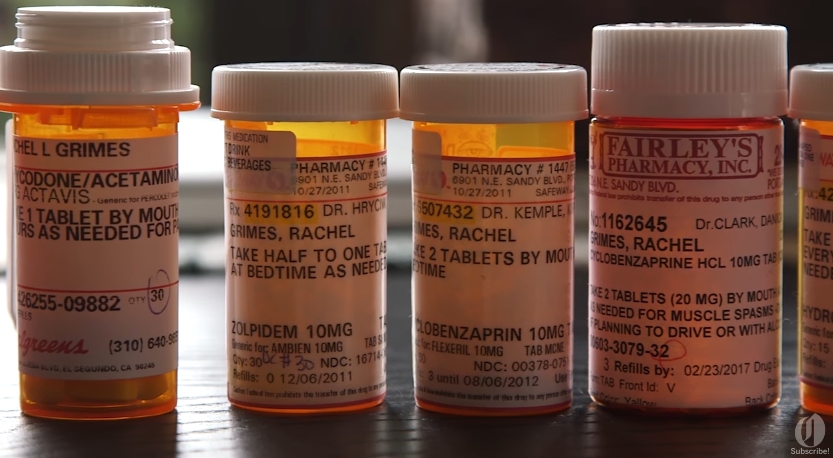Three ways to manage pain without pills
12/21/2017 / By Tracey Watson

Most of us greet each new day with excitement and joy, happy to be alive and enjoy at least a measure of good health. There are millions of Americans, however, for whom the days pass in a blur of chronic pain. The famous French physician, Dr. Albert Schweitzer, having observed the effects of pain on his patients, famously said, “Pain is a more terrible lord of mankind than even death itself.”
The National Institutes of Health (NIH) reports that pain affects more Americans than cancer, heart disease and diabetes combined, and is the leading cause of disability in the country.
Unfortunately, doctors are all too quick to prescribe an apparently easy solution to chronic pain: The long-term use of opioid painkillers like OxyContin, Percocet and Vicodin.
Aggressive marketing by pharmaceutical companies saw the number of prescriptions for these drugs rise from 76 million in 1991, to 219 million in 2011. The NIH estimates that around 2.1 million Americans are addicted to opioid drugs.
The number of accidental deaths related to opioid overdoses has quadrupled since 1999, and Arizona State University reports that according to the Centers for Disease Control and Prevention (CDC), around 40 people overdose on these drugs every single day.
Clearly, there are excellent reasons for never taking opioid drugs in the first place, or for getting off them as soon as possible. For chronic pain sufferers, however, it can feel like these drugs are the only solution they can turn to. (Related: Stay up-to-date with the latest in healthcare at Medicine.news.)
Nicole Zeig, an Arizona State University (ASU) alumna, has a genetic condition called Ehlers-Danlos syndrome type 3, which affects the collagen levels in her body, making her too flexible and leaving her dealing with chronic pain.
She describes the first time she took an opioid drug as “amazing,” and “like falling in love.”
Prescribed opioids at the age of 16 to deal with the excruciating pain of two herniated discs in her lower back, Zeig soon found herself addicted to these painkillers. By the time she tackled the problem and recognized the need to quit a few years later, she was taking 60 OxyContin in a single weekend. (Related: New report claims opioid drugs killed more Americans last year than the entire Vietnam war … worse is yet to come.)
Seven years later, she still lives with chronic pain, but Zeig has learned to deal with it through a combination of physical therapy, self-hypnosis and physical awareness. She recently graduated from ASU with a Master’s in Applied Ethics, and is a new mom to a baby girl. She is living proof that chronic pain sufferers do not have to turn to dangerous opioid pills for relief.
ASU News outlines techniques from psychologist, Mary Davis, who has spent 15 years studying ways in which chronic pain can be managed naturally:
Knowledge is power: The first intervention is education — giving people information about their pain and where it comes from. Knowing how the condition is related to sleep or nutrition can help a patient better manage their pain.
Cognitive behavioral therapy: [L]iving with pain can often feel hopeless. … Cognitive behavioral therapy aims to prevent this type of thinking, or “catastrophising,” which Davis said can make the pain feel even worse. Her research shows that if patients can identify when they’re stuck in that negative mind-set, they can learn to change their thoughts and behaviors. This helps them manage their pain more effectively and feel less hopeless.
Mindfulness meditation: Rather than responding to pain in a reflexive way — like automatically taking painkillers — patients can learn to make those decisions consciously. … If patients can interrupt that automatic behavior, they might assess their pain and make a different choice, such as focusing on something positive that they want to experience that day, or deciding to pay attention to what they are grateful for. But even if they make the same choice — to take a pill or stay in bed, for example—it will be deliberate and intentional, rather than automatic.
For those coping with chronic pain, don’t despair; there is hope and there are safer options to turn to than dangerous opioid drugs.
Sources for this article include:
Tagged Under: addiction, chronic pain, coping strategies, dangerous drugs, opioid addiction, Opioids, overdose, pain management, pain relief




















